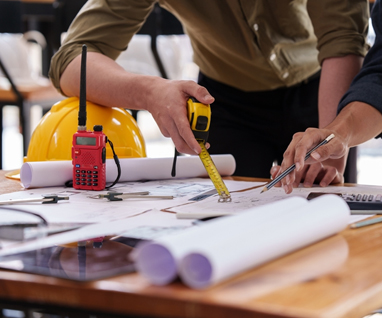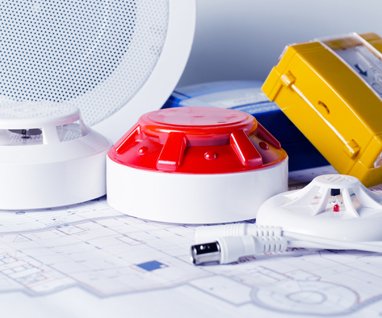A4 Electricals Pvt Limited with the capability to offer, Electricals, Low voltage, and fire fighting services, including design and build having in house team.
Our in-house team of designers and associated consultant are experts to design with latest technology, cost effective solution along with life cycle consideration in some important steps:
- The first step is to define the scope of the project, which means clarifying the objectives, requirements, specifications, constraints, and expectations of the project. You need to understand what the client or stakeholder wants, what the end-users need, what the budget and timeline are, and what the standards and regulations are. You also need to identify the main functions, features, and components of the electrical system or product. Defining
- The second step is to conduct research on the existing or similar electrical systems or products, as well as the relevant technologies, methods, tools, and best practices. You need to gather information and data that can help you to design, analyse, and optimize your electrical system or product. You also need to review the literature, patents, and case studies that can provide you with insights, ideas, and solutions. Conducting research helps you to gain knowledge, inspiration, and validation for the project.
- The third step is to generate concepts for the electrical system or product, which means brainstorming, sketching, and modelling different possible designs. You need to apply your creativity, logic, and intuition to come up with various alternatives that can meet the scope of the project. You also need to evaluate and compare the pros and cons of each concept, based on factors such as feasibility, functionality, performance, cost, safety, and aesthetics. Generating concepts helps you to explore, test, and refine your design options.
- The fourth step is to select a design for the electrical system or product, which means choosing the best or most suitable concept among the alternatives. You need to justify your decision, based on the criteria and feedback from the scope of the project. You also need to document and present your design, using diagrams, drawings, schematics, simulations, or prototypes. Selecting a design helps you to finalize, communicate, and demonstrate your design solution.
- The fifth step is to plan the implementation of the electrical system or product, which means preparing the materials, resources, and procedures for the construction, installation, or fabrication of the design. You need to estimate the costs, time, and labor involved in the implementation. You also need to identify the risks, challenges, and contingencies that may arise during the implementation. Planning the implementation helps you to organize, coordinate, and execute the project.
- The final step is to review the design of the electrical system or product, which means testing, evaluating, and verifying the performance, functionality, quality, and reliability of the design. You need to collect and analyse data and feedback from the testing and evaluation. You also need to identify the strengths, weaknesses, opportunities, and improvements of the design. Reviewing the design helps you to measure, validate, and improve the project outcome.








